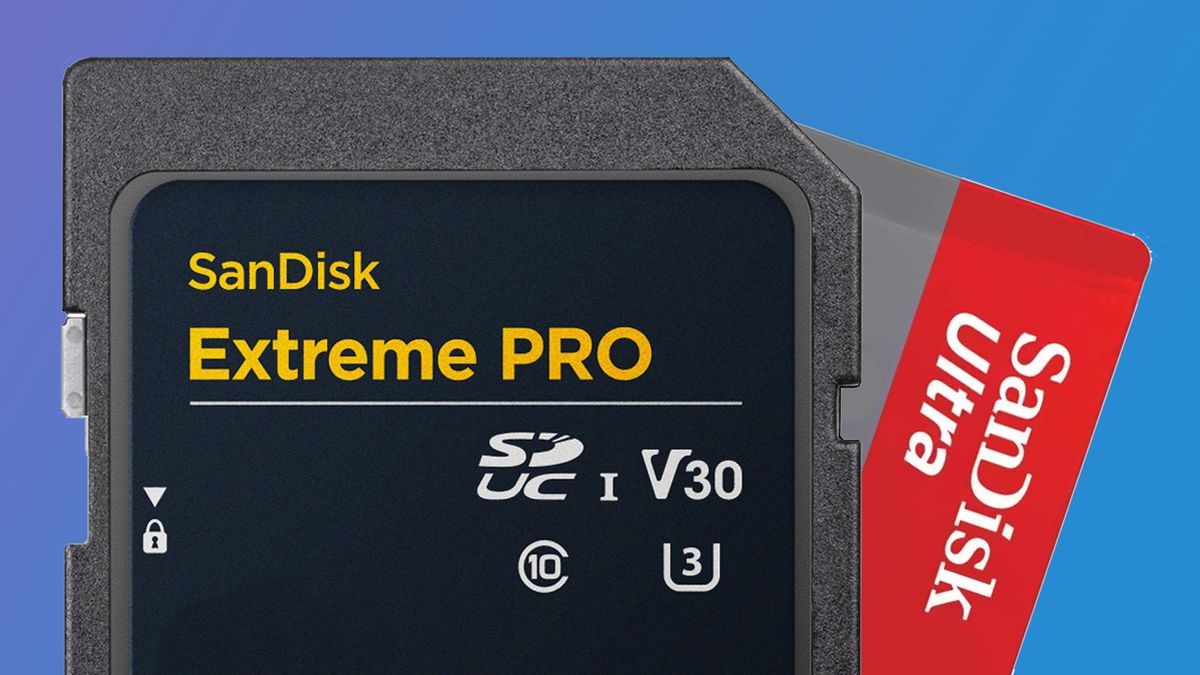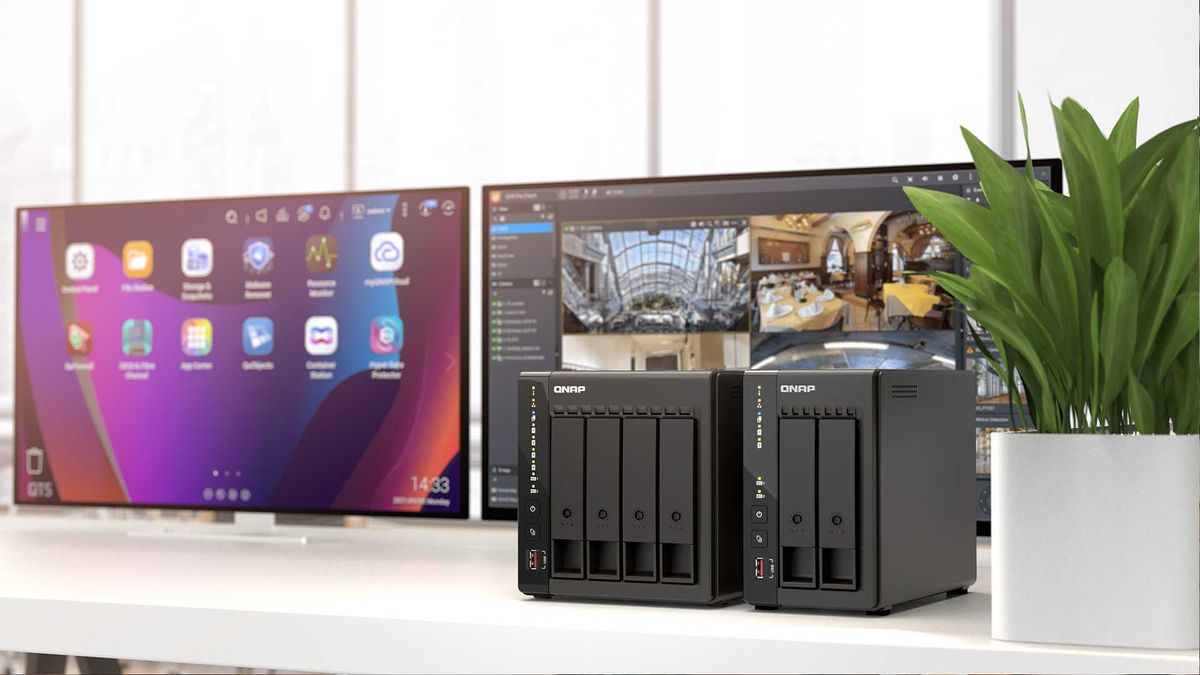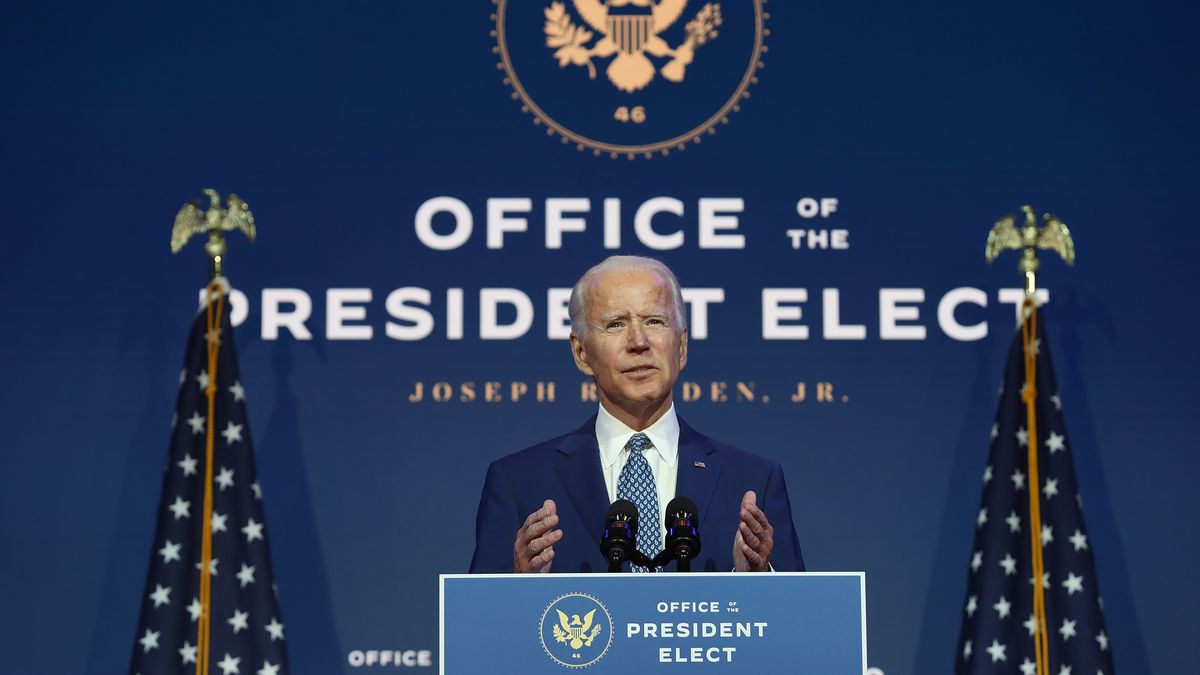Running out of storage space for your camera or games could soon be a thing of the past: SanDisk-owner Western Digital has announced a pair of revolutionary memory cards: the world’s first 8TB SD card, along with the world’s first 4TB microSD card. Whether you shoot stills or video, both capacities could provide huge creative flexibility – as long as you look after them.
When it comes to memory cards, there has always been a race for space. These new cards put Western Digital at the forefront of the industry, pushing the boundaries of portable storage, and come hot on the heels of the announcement of the first 4TB SD card, which was unveiled in April.
With an 8TB SanDisk SDUC UHS-I card in one of the best mirrorless cameras, you’ll be able to capture around 165,000 files in 24MP RAW format. Whatever your industry or genre, that’s a huge volume of photos on a single card. Similarly, with a 4TB SanDisk microSDUC UHS-I in a Nintendo Switch, you could store a library of over 660 games with a file size of 12GB. That’s significantly more than any of the other larger microSD cards on our list.
Announced at the Future of Memory and Storage Conference in California, the two SanDisk cards set a new benchmark for digital storage. Both use the Secure Digital Ultra Capacity (SDUC) standard, which is theoretically capable of delivering storage capacity of up to 128TB.
Western Digital has already raised the bar once this year, announcing a 4TB SD card and a 2TB microSD card at the NAB Show in April. These new cards go a step further, again unlocking double the capacity, though we don’t yet know when they’ll go on sale or how much they’ll cost. For reference, the 1TB Extreme Pro card costs $140 or £135 on Amazon, so expect the 8TB version to cost considerably more.
More space than most people need?
In today’s era of 8K video and high-resolution photos, storage capacity is crucial for a smooth workflow. High-capacity memory cards mean you can record for longer before having to change cards. For professionals, an 8TB SD card offers the tempting possibility of using a single card for a full recording.
A 4TB microSD card does the same for the best drones, most of which use microSD storage. The same goes for many of the best smartphones and portable gaming devices, including the Nintendo Switch and Steam Deck. With SanDisk's new card, you'll no longer need to carry around a wallet full of microSD cards.
There are a couple of caveats here, though. Both of the new memory cards announced by Western Digital are UHS-I. That means they're slower than many of the best SD and microSD cards, which are rated UHS-II. So while you'll get a lot more storage space, you'll get slower transfer speeds.
Western Digital also hasn't shared the V rating for either card. Its 1.5TB SanDisk Ultra microSDXC UHS-I card has a V10 speed rating, meaning minimum transfer speeds of just 10MB/s. The 4TB SanDisk Extreme Pro SDUC announced in April is a better performer with a V30 rating, meaning minimum transfers of 30MB/s. However, even that has the potential to limit burst speeds and video frame rates.
Speed aside, there is still the concern about loss or failure. It has long been best practice to use backup cards, but also to spread your data (whether images, videos, or files) across multiple cards. That way, if one fails or is lost, your entire library isn't lost. While an 8TB card offers a huge convenience advantage, many people will probably prefer to use multiple smaller cards for added peace of mind.
Still, there's no denying that Western Digital has achieved something impressive in this regard. Considering that the largest SD cards in 1999 had just 32MB of storage capacity, an 8TB memory card is a huge step forward. There's no official word on pricing yet, but don't expect the new cards to be cheap.









